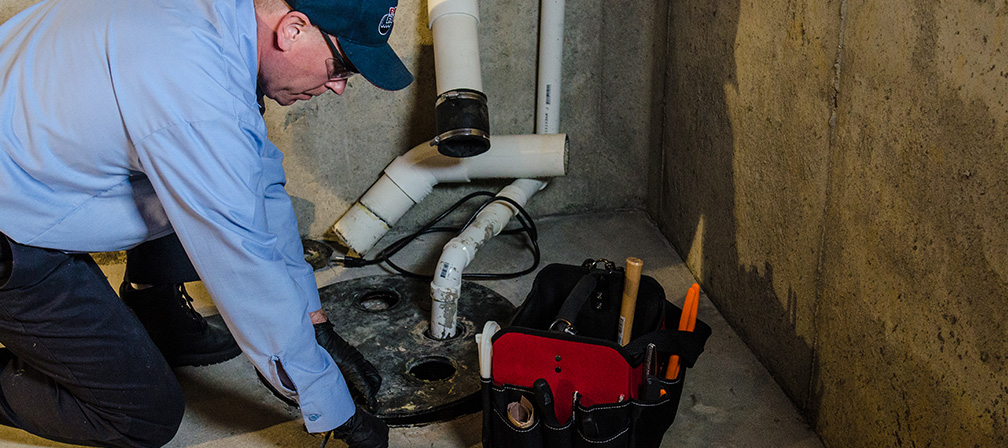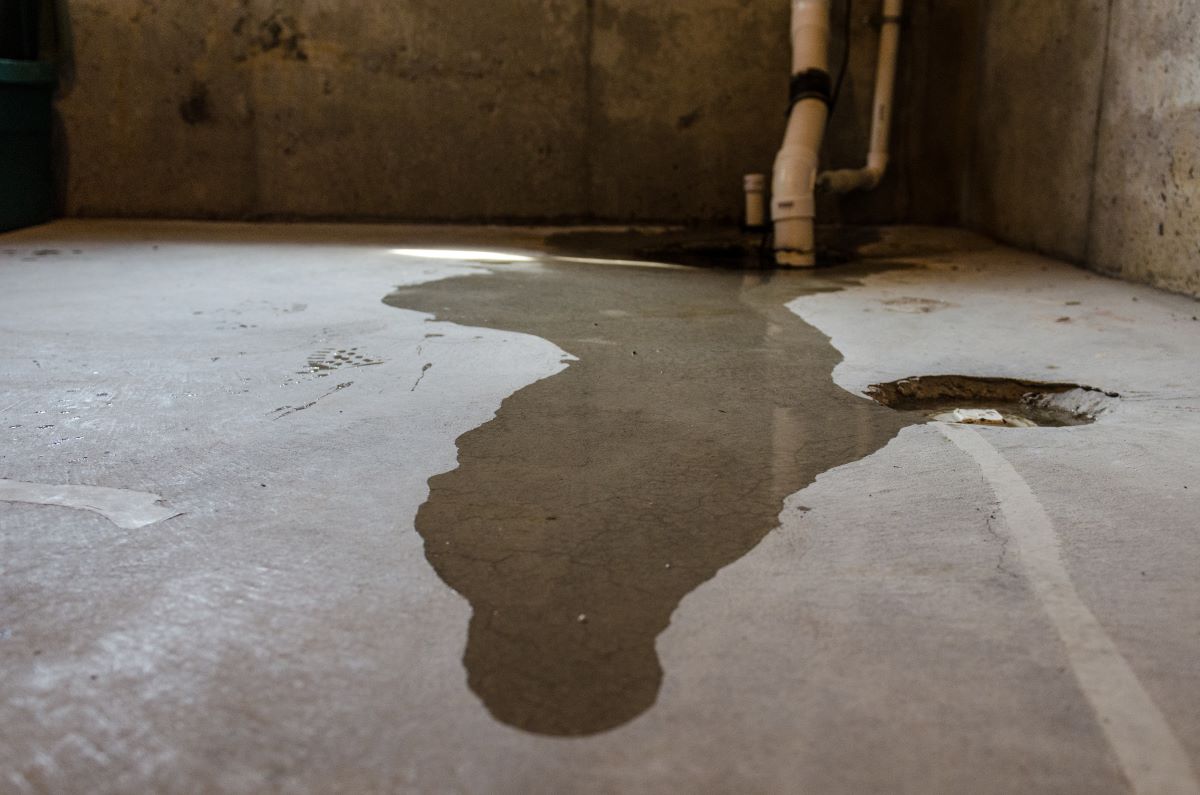There are several possible reasons why your sump pump isn’t draining. Based on your question, we’ll assume that your sump pump is running, but not efficiently removing water from the sump pit. The first step is to temporarily unplug your sump pump so you can safely inspect it. Next, shine a bright light over the sump pit so you can see what you’re doing and work safely. Carefully, reach beneath the pump (be sure the pump is not plugged in!) and feel for debris that may have been sucked up against the pump’s intake screen or into the impeller to impair the pump’s performance. A small piece of paper or plastic can restrict the amount of water the pump can remove. Scoop out all pebbles and other debris out of the pit. A wet/dry vacuum can very effectively remove loose debris. Check the action of the float switch to be sure that it can move freely. Be sure the pump’s electrical cord isn’t in the way or getting tangled around the float switch.
After these simple checks, plug-in your sump pump again. If there isn’t enough water in the pit to activate the pump, manually pull up on the float switch to test the sump pump and observe whether it is working properly. At this point, if the pump just hums but will not remove water, then it has probably failed and will need to be replaced. The most common part failure on a sump pump is the float switch, but in most cases, it is more cost-effective to replace the entire sump pump than to replace individual parts, especially when you consider the life expectancy of a sump pump is only 5-7 years.
If the pump does seem to be pumping, but the water isn’t passing through the ejection pipe, it’s possible that the check valve in the pipe has become dislodged or there is some other blockage in the pipe that is preventing the water from getting to its intended destination (usually a storm drain or culvert). Sometimes the drainage pipes fill with silt and need to be cleaned. A clogged ejection drainpipe can completely restrict water flow from the sump pump to the storm drain.

